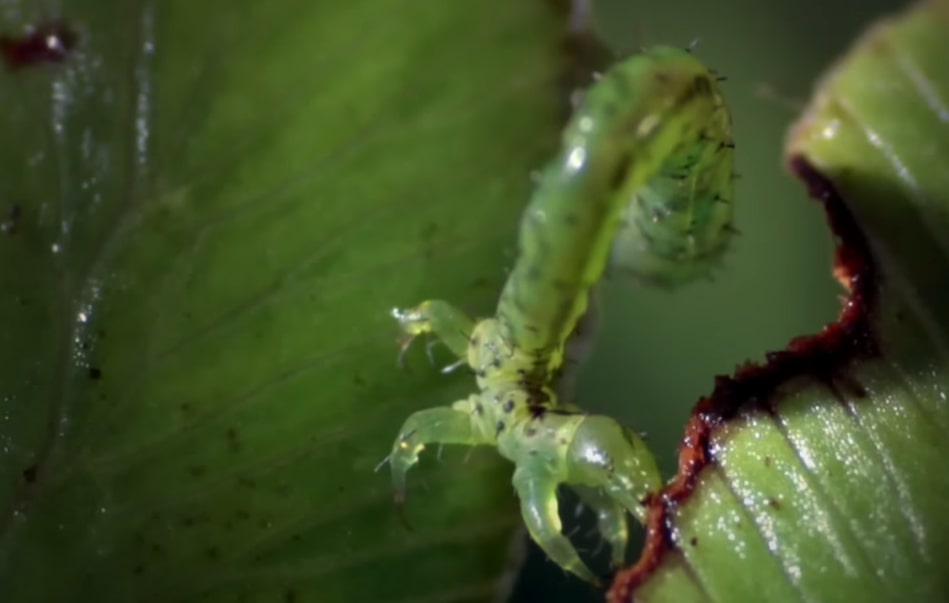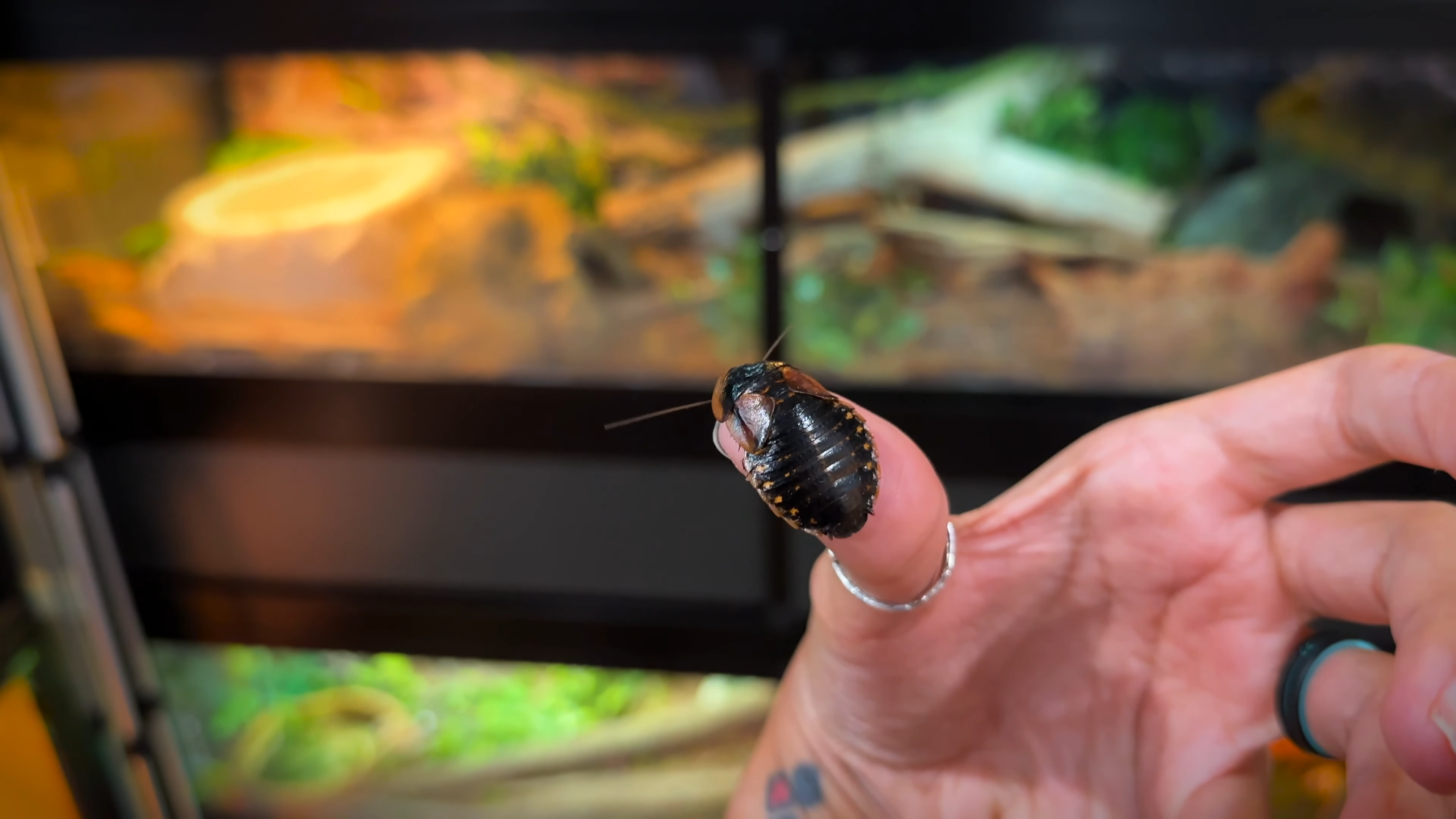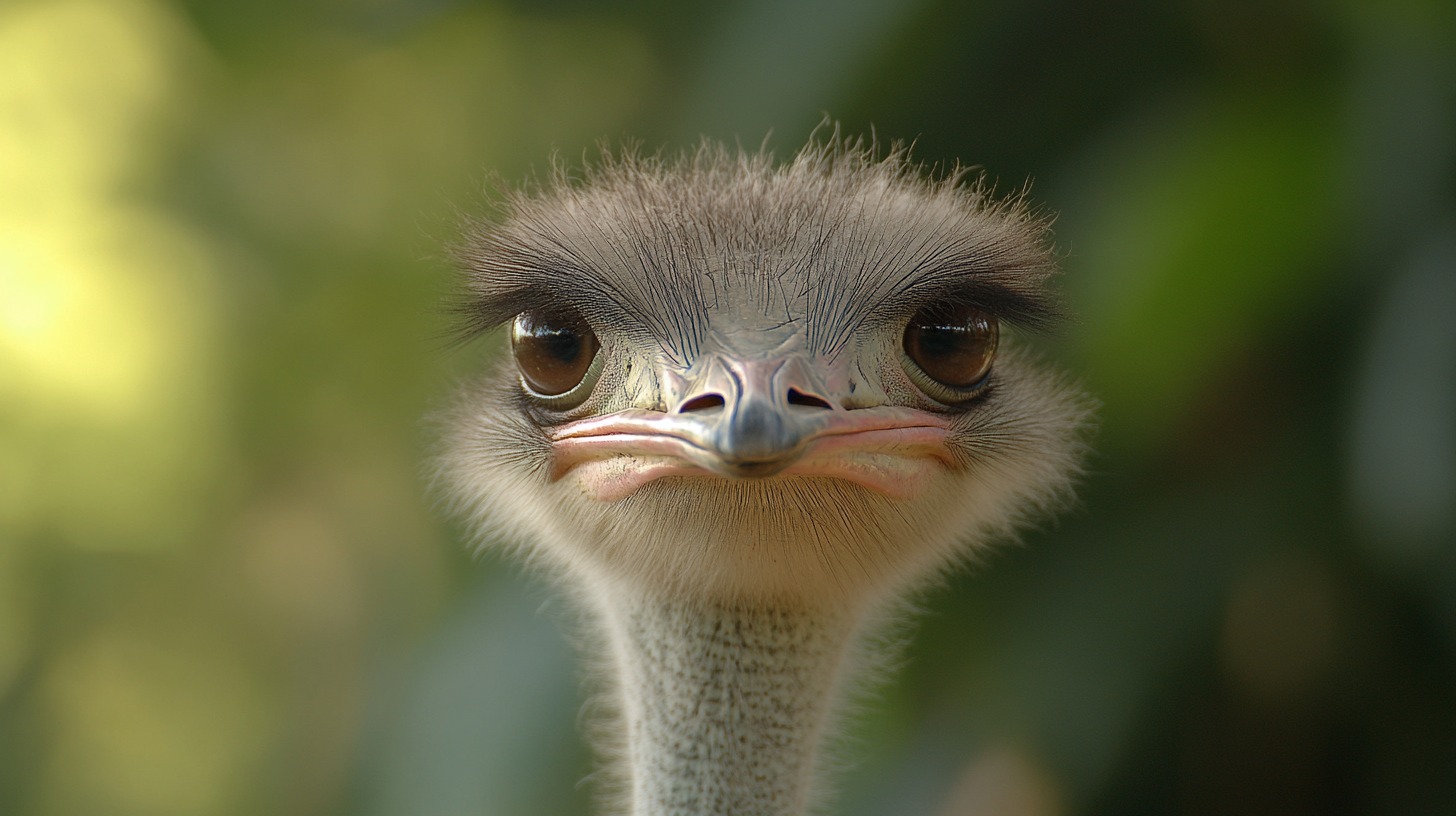
Share Post:
Caterpillars, the larval phase of butterflies and moths, are renowned for their insatiable appetites and the incredible diversity of what they consume.
These tiny eating machines can have diets ranging from the leaves of familiar trees to highly specialized plant parts or even unusual sources like animal remains.
But what do caterpillars eat as they prepare for their metamorphosis into beautiful winged insects?
Table of Contents
TogglePrimary Diet of Caterpillars
The answer to the question “what do caterpillars eat?” is quite simple: the majority of caterpillars are herbivorous, meaning they primarily consume plant matter.
Caterpillars are known for their voracious appetites, particularly during their larval stage when they must consume enough nutrients to support their transformation into adult moths or butterflies.
However, their diets can be surprisingly varied, depending on whether they are generalists or specialists.
Herbivorous Caterpillars

The vast majority of caterpillars fall into the herbivorous category, feeding almost exclusively on plant leaves. Trees such as oak, cherry, and apple are common sources of nourishment for these larvae.
Within this group, they are further classified based on their feeding strategies:
Generalist Feeders

Generalist caterpillars are remarkable for their ability to consume a wide range of pl
ants, making them highly adaptable to various environments.
Flexibility allows them to thrive even when their preferred food sources are scarce or unavailable.
Example: The Black Swallowtail and Painted Lady caterpillars are classic examples of generalist feeders.
These are not picky eaters; they can feed on multiple plant families, including:
- Carrots
- Parsley
- Dill (for Black Swallowtails)
- Thistles
- Sunflowers
- Mallows (for Painted Ladies)
Because they are not restricted to a single type of plant, generalist caterpillars can quickly adjust to new habitats or changes in vegetation caused by seasonal shifts or human activity.
The adaptability provides a significant survival advantage in environments where food availability fluctuates.
For instance, after natural events like wildfires or droughts, generalists can switch to whatever plant species become dominant, thus reducing their risk of starvation.
Unlike their specialist counterparts, generalist feeders are less impacted by habitat fragmentation or changes in plant populations.
Specialized Plant Parts

On the other hand, specialist caterpillars have evolved to feed on a very narrow range of host plants, which provides them with unique advantages and challenges.
Example: Monarch caterpillars and Pipevine Swallowtails are well-known specialist feeders.
Monarch caterpillars exclusively feed on milkweed, while Pipevine Swallowtails rely on pipevine plants.
These caterpillars have co-evolved with their host plants, developing the ability to detoxify or even store the plant’s natural toxins.
The milkweed’s toxins accumulate in the caterpillar’s body, and this chemical defense continues to protect them even in their adult butterfly form. Predators that have tried eating them often avoid them in the future.
While specialization offers protection against predators, it also comes with significant risks.
These are heavily reliant on their specific host plants, meaning that if those plants decline due to habitat destruction, pesticide use, or climate change, the caterpillars’ populations can plummet.
Vulnerability to Environmental Changes
Unlike generalists, specialist feeders are highly sensitive to changes in their environment.
For instance, the decline of milkweed plants due to agricultural expansion has been a significant threat to Monarch butterfly populations.
Without access to their sole food source, these caterpillars are unable to complete their life cycle, leading to declining numbers in the wild.
Unusual Caterpillar Diets
While most caterpillars are herbivores, nature has proven that these creatures are far more diverse in their dietary habits than we might expect.
Some have developed remarkable adaptations, allowing them to thrive on unconventional diets that go beyond simply munching on leaves.
These unusual feeding strategies have enabled certain species to carve out unique ecological niches, helping them survive in challenging environments.
Carnivorous Caterpillars

Though it might seem surprising, a handful of caterpillar species have evolved to be carnivorous. These caterpillars have abandoned the typical herbivorous diet in favor of hunting other insects.
Hawaiian Inchworm Caterpillars:
- Actively prey on other insects by using ambush tactics, waiting motionless until unsuspecting prey comes close.
- Their camouflage helps them blend seamlessly into their surroundings, making it easier to surprise their prey.
- This adaptation is particularly advantageous in the Hawaiian forests, where plant resources may be scarce.
Harvester Butterfly Caterpillars:
- Feed almost exclusively on woolly aphids, making them one of the rare carnivorous caterpillar species in North America.
- By preying on aphids, they help control aphid populations, thus playing a vital role in the ecosystem.
- The specialized diet allows them to thrive in areas where aphids are abundant, reducing competition with leaf-eating caterpillars.
If you want to learn more about various insects from us, we would advise you to start with Dubia roaches.
Scavenger Caterpillars
In stark contrast to their leaf-loving relatives, some caterpillars have adopted scavenger behaviors, feeding on a wide range of non-plant materials.
These caterpillars have evolved to digest substances that most insects would avoid, allowing them to exploit unique food sources.
- Known for its ability to consume keratin, this caterpillar can digest tortoise shells, a rare and highly specialized dietary adaptation.
- By feeding on the discarded shells of dead tortoises, they recycle nutrients back into the ecosystem, playing an unexpected role in decomposition.
Honeycomb Feeders:
- Some scavenger caterpillars feed on old honeycomb remnants found in abandoned beehives.
- This behavior allows them to utilize a nutrient-rich resource that is often overlooked by other insects.
General Scavengers:
- These caterpillars will consume any available organic material, including dead insects and animal matter.
- This diet provides them with a survival advantage in environments where plant matter is scarce.
Omnivorous and Opportunistic Feeders
While most caterpillars are strict herbivores or have specialized diets, a few species have adapted to be omnivorous, consuming both plant and animal matter.
The flexibility allows them to thrive in unpredictable environments where food sources may vary.
Rosy Marbled Caterpillar:

- Known for its eclectic diet, this caterpillar feeds on flower petals, dead insects, and decaying organic material.
- Its opportunistic feeding strategy ensures survival in environments where resources fluctuate seasonally.
- By being able to switch between plant and animal sources, they maintain a higher level of dietary flexibility compared to their strictly herbivorous counterparts.
Advantages of Omnivory:
- By consuming a mix of plant and animal matter, omnivorous caterpillars are less vulnerable to food shortages.
- The adaptability allows them to occupy ecological niches that are inaccessible to more specialized feeders, reducing competition for resources.
The Bottom Line
As you can see the answer to the question “What do caterpillars eat?” doesn’t have always to be as straightforward as it may seem.
Caterpillars exhibit an impressive array of dietary preferences that go beyond the typical image of them munching on leaves.
Their diets show their adaptability and survival skills.
This dietary diversity highlights the crucial role caterpillars play in the natural world, influencing plant populations, supporting predator-prey dynamics, and contributing to biodiversity.
Related Posts:











